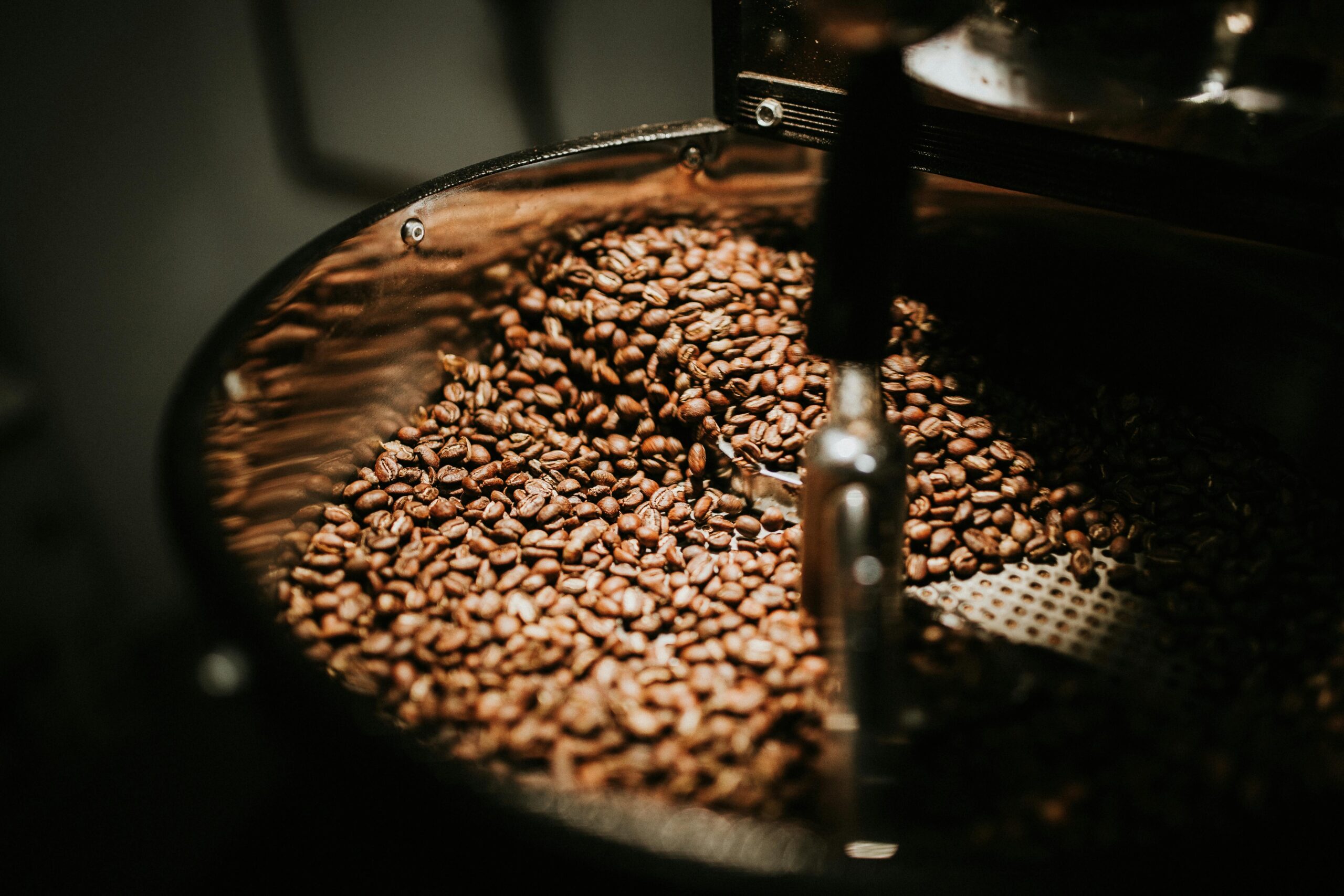The global spread of coffee cultivation and consumption happened rapidly, establishing coffee as a staple in global coffee culture. While many people enjoy drinking coffee daily, few are familiar with its origins, the different types of coffee beans, and the intricate processes behind each cup. Let’s explore the essential information about coffee., making coffee a beloved beverage worldwide. While many people enjoy drinking coffee, few are familiar with its origins, varieties, and the intricate processes behind each cup. Let’s explore the essential information about coffee.
History of Coffee: A Journey Through Time
In Europe, the history of coffee began when it first arrived in Italy through trade between Venetian merchants and their counterparts from North Africa, Egypt, and the East. Once introduced to the Venetians, coffee gained popularity across Italy and quickly spread to other parts of Europe. The first coffee house in Italy opened in 1645. through trade between Venetian merchants and their counterparts from North Africa, Egypt, and the East. Once introduced to the Venetians, coffee gained popularity across Italy and quickly spread to other parts of Europe. The first coffee house in Italy opened in 1645.
In England, coffee became available in the early 16th century. The first coffeehouse opened at St. Michael’s Alley in Cornhill. By 1675, coffeehouses had proliferated across the country, with approximately 3,000 establishments operating at that time.
In Asia, coffee cultivation began in Malabar, India, and later expanded to Indonesia. Today, Indonesia ranks as the fourth-largest coffee exporter in the world.
Coffee Varieties: Arabica vs. Robusta

The scientific name for coffee is ‘Coffea.’ There are over 6,000 coffee varieties globally, but only two are commercially significant: Arabica and Robusta.
- Arabica: Containing 44 chromosomes, Arabica coffee plants produce 240 to 480 kilograms per garden. The plants bloom after the rainy season, and the fruit takes about 6 to 9 months to mature. Arabica beans are flat and have a distinct acidic taste, with a caffeine content ranging from 0.8% to 1.4%. The ideal growing temperature for Arabica is between 15°C and 25°C.
- Robusta: With 22 chromosomes, Robusta plants yield 360 to 480 kilograms per garden. These plants flower year-round, taking 8 to 11 months to bear fruit. Robusta beans are egg-shaped and contain higher caffeine levels, between 1.7% and 4.0%.
Major Coffee-Producing Countries: Best Coffee Regions in the World
Several countries are known for producing high-quality coffee for global markets. Coffee enthusiasts often seek out beans from the following renowned sources:
- Colombia: A major producer of Arabica coffee, Colombia’s climate and soil conditions yield exceptional beans. Famous varieties include Medellin, Bogota, and Supremo.
- Brazil: Home to over 4 billion coffee trees, Brazil is the world’s largest coffee producer. The well-known Brazilian brand is Brazilian Santos.
- Costa Rica: Known for its premium Arabica coffee, Costa Rica offers renowned varieties like Tarrazu and Tres Rios.
- Guatemala: The Atitlan region produces high-quality Arabica beans. Popular coffees include Antigua and Coban.
- Mexico: Famous for its organic coffee, Mexico’s Veracruz variety is highly regarded for its rich flavor.
- Jamaica: The coveted Blue Mountain coffee is considered the finest strain of Arabica. About 90% of Blue Mountain coffee is exported to Japan, with brands such as High Mountain Supreme and Prime Washed Jamaican being particularly popular.
Understanding the history, varieties, and sources of coffee adds depth to the simple pleasure of enjoying a cup. Whether you prefer a bright, acidic Arabica or a bold, robust Robusta, each sip tells a story of its rich heritage.

